7 Simple Tips & Tricks to Perfect Your One-Legged Squat with Momir Iseni
with Momir Iseni
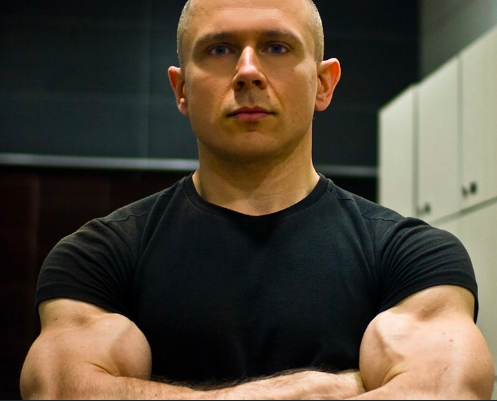
Join the tribe of Movement & Calisthenics Athletes – people just like you that are working with their own body weight to get strength, lose fat build muscle, recover from injuries and live their best lives!
The Challange: One-Legged Squat!![]()
There’s certainly no shortage of articles and videos on how to’s for one-legged squats. The one-legged squat is a family of movements, with classic PISTOL SQUAT as the MOST BASIC.
What is a one-legged squat?
Before going into specific details that can greatly improve your performance in one-legged squats, let us have an overview about what is a one legged-squat.
Simply put, a one-legged squat is similar in performing a normal air squat but instead of using both of your legs to bring yourself down and push yourself up, you will only use one leg. This may appear pretty simple because you can do air squats perfectly fine.
But once you try performing the whole range of motion, it can be really challenging to do a squat with only one leg. Since one-legged squat can be a very challenging movement, do not feel pressured to perform one in full range motion right away. You can do it step-by-step by following this progression.
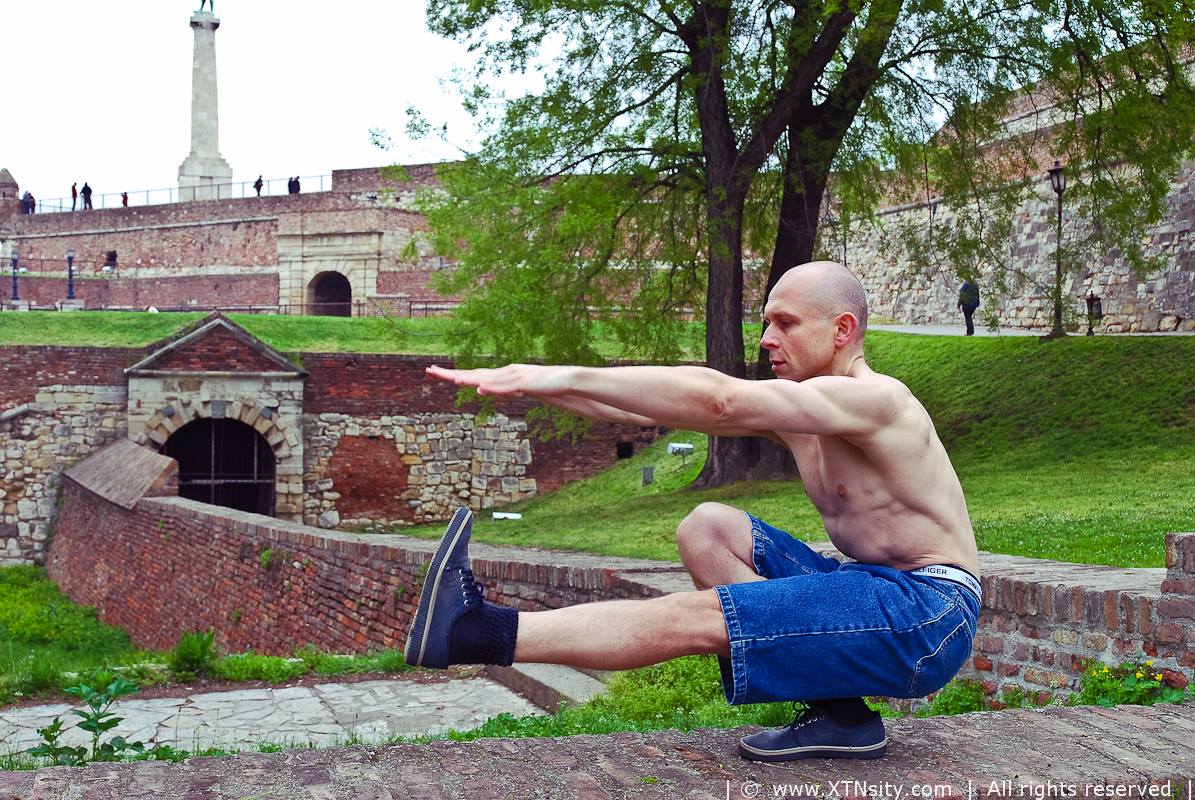
Perfect one-legged squats
According to CrossFit, you have to follow these steps to perform a perfect one-legged squats or the most basic, pistol squats.
1. Balance your own weight on the working leg while the non-working leg should be placed in front of your body.
2. Your standing leg hip should be able to descend backwards and downwards at the same time while pushing yourself down to a squat.
3. Aside from that, your standing leg hip should also descend lower than the knee.
4. Your standing leg knee should keep the straight alignment with your toes.
5. Make sure that your standing leg heel stays flat and grounded to the floor.
6. Keep the chest as high as possible.
7. You can use your arms to balance by positioning them parallel to the ground.
8. Most importantly, the non-working leg should NOT TOUCH the ground.
7 Simple Tips & Tricks to
Perfect Your One-Legged Squat

Look ahead and down
Before you even start, fix your gaze to the spot in front of you. Ideally, it should be somewhere about sixty degrees down. By constantly holding this visual anchor, you will greatly enhance your stability.
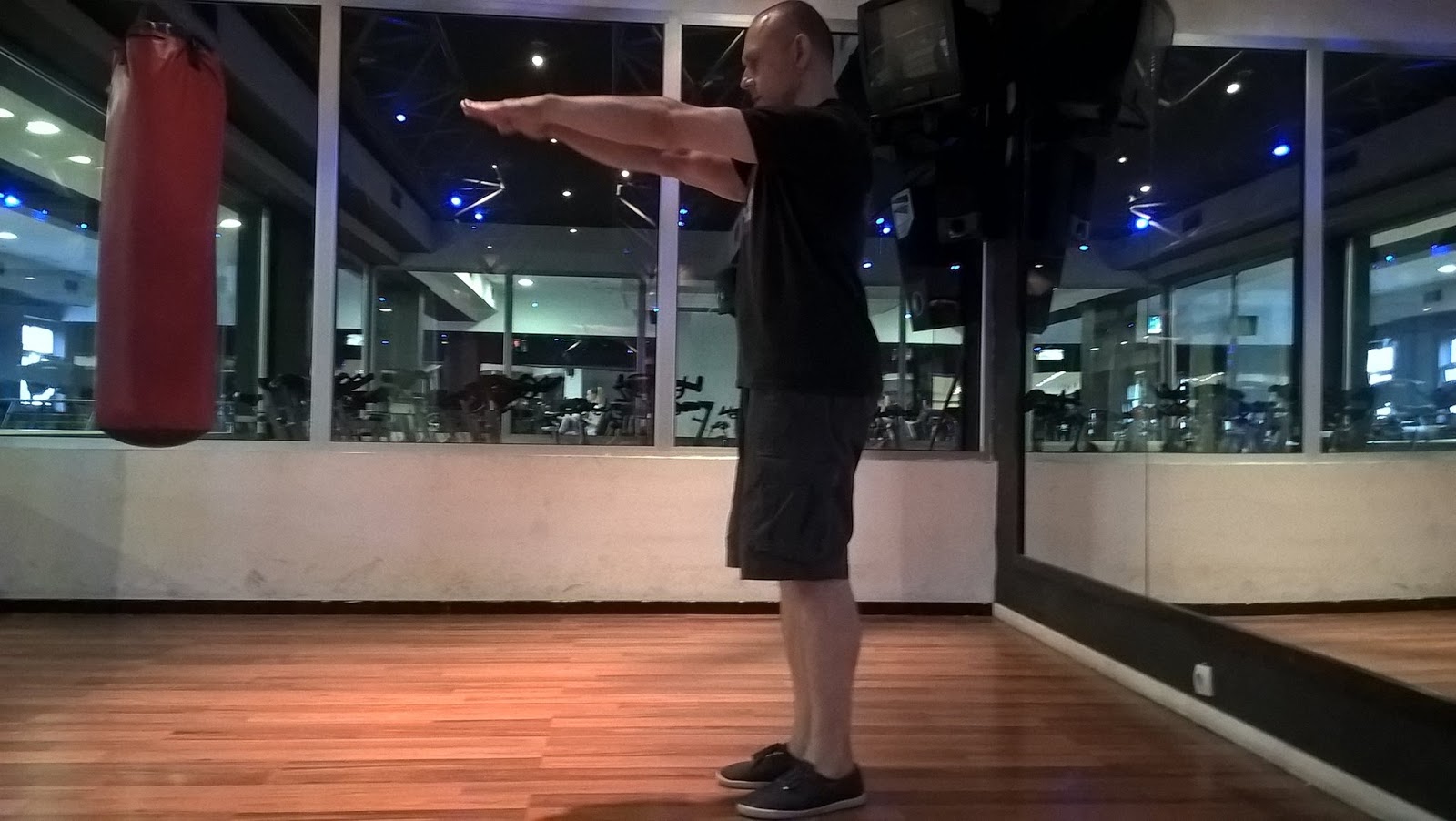

“You don't have to lift the heaviest weights to be bad arse.”
Like many calisthenics athletes, Timo acknowledges that muscle gain simply isn’t the same as you might expect with weightlifting. However, you’ll experience many benefits that go above and beyond the physical appearance of your muscles.
He’s now working on unlocking and achieving the handstand push-up by his 44th birthday in June this year. “I’m 84% there now!”
Stand on it
Since the start of the first rep, you should actively push the ground with your standing feet as hard as possible. Try to visualize pushing the ground – the whole planet, even – away from you. Keep the sole of your foot slightly bent, like you’re trying to grab the ground with it.
Doing your squats barefoot, or in some thin- flat-sole shoes will be of great help here. Rep by rep, set by set, workout by workout, try to improve on that feeling of firmly pushing the ground away from you. The better you are at that, the more strength and power you’ll gain.

Tighten your core
This step is simultaneous with the previous two. As you inhale that 70% lung capacity of air, tighten your core. The inhaled air will be of great help in that. But don’t try to squeeze to tight. Try to find a delicate balance. In time you’ll see that somewhere in between – not too tight but then again not too loose – is the real sweet spot of optimum experience and performance. You should especially pay attention to the side abdominals – more on them soon

Push your thighs together
While you’re descending to the ground, try to keep your thighs close together. Don’t let your straight leg wander away sideways from your pushing leg. If you conscientiously keep them together, you’ll be tighter and more compact overall. One side note: the straight leg should be tight, but again not too tight – just enough to enable your full control of the movement..

Arms parallel to the floor
Like Perhaps you find yourself bent forward and your arms falling down in the bottom position of the one-legged squat. Try to implement a couple of cues:
1. First, from the beginning of the first rep, stand pushing your chest out and up. That will simultaneously push your shoulders back and arch your back in natural position. As you’re starting to descend, focus on keeping your chest up and keeping your arms parallel to the floor. Keep your arms tight, squeezing your triceps and forearms and keeping your fingers straight and firm.
2. Second, from the bottom position – as you’re pushing the Earth away from you – try to imagine vertical strings pulling at your hands, shoulders and the crown of your head. That’s right – just as if someone is pulling you straight up. Ridiculous as this may sound, you must try it to feel it working. Try to feel that your whole body is getting up in unison.
3. Now – on the way up – is the time to EXHALE. Try to not exhale the whole air – keeping some in the lungs while holding your core tight will ensure the stability during this phase. Then, before starting the next rep, refill again your lungs up to those 70%.

Control the vertical
Another thing that may pose a problem – it certainly was a problem for me – is the tendency to bend to the side and lose the balance in the bottom position and/or while standing up from the bottom. This usually is connected with straight leg going sideways (see #5). In order to fix this problem, you again need a little awareness. As you go down,
EVALUATE and feel your movement through space. Do you feel like you’re even slightly bent to one side? Is your straight leg “running away“ sideways from you? If that is the case, try to – from the beginning of the movement – bent only very slightly to the opposite side. This may feel awkward at first. You may feel that you’re bending out of balance, but you’ll see that you are in fact putting yourself in just the right balance. And this is the reason why I especially mentioned muscles of side abdominals. Controlling them will give you great stability.
Throughout the movement maintain complete awareness and focus.
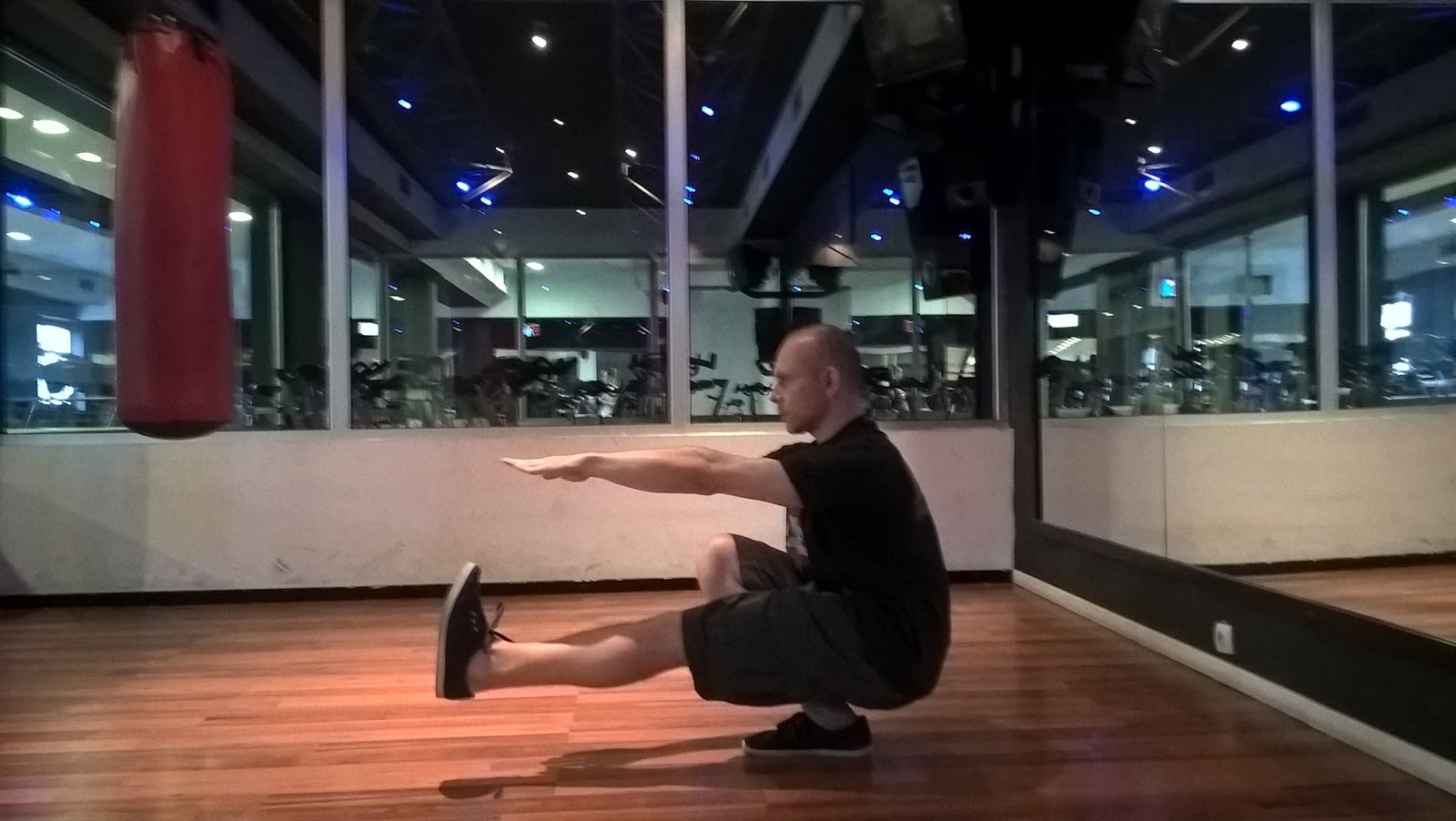
Practice Improves Progress
Beyond basic information that is available almost everywhere, there are numerous hidden cues and steps that, when used properly, greatly enhance and improve one’s progress.
At the beginning of this article I mentioned how pistol squat is the most basic of one-legged squats. In articles to come, we’ll progressively delve into more and more difficult variations of it. Feel free to leave your comments, ask questions, and offer some advice and cues that you’ve found while progressing in one-legged squats.
“After a while I got so bored, I started looking for random exercises online.”

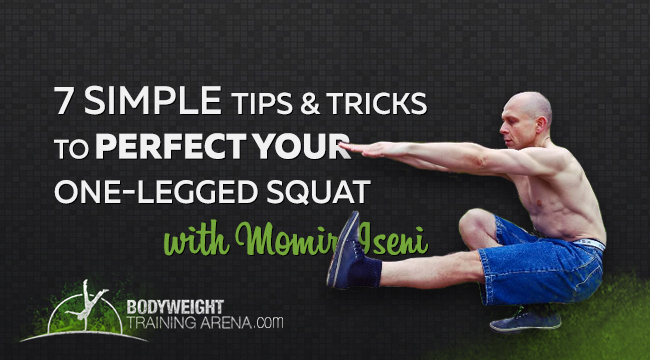

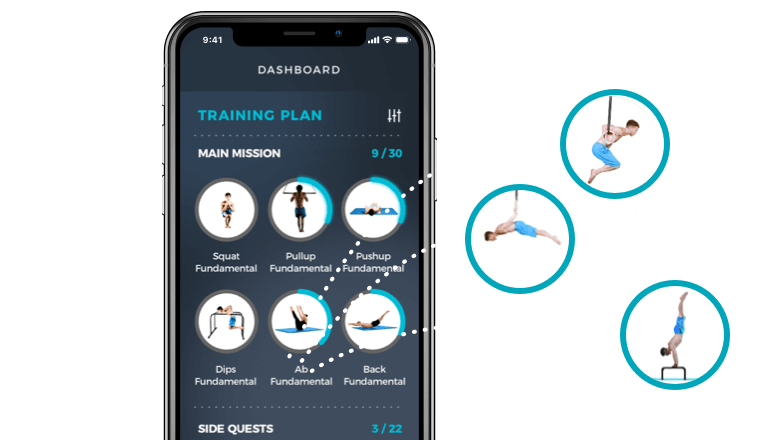

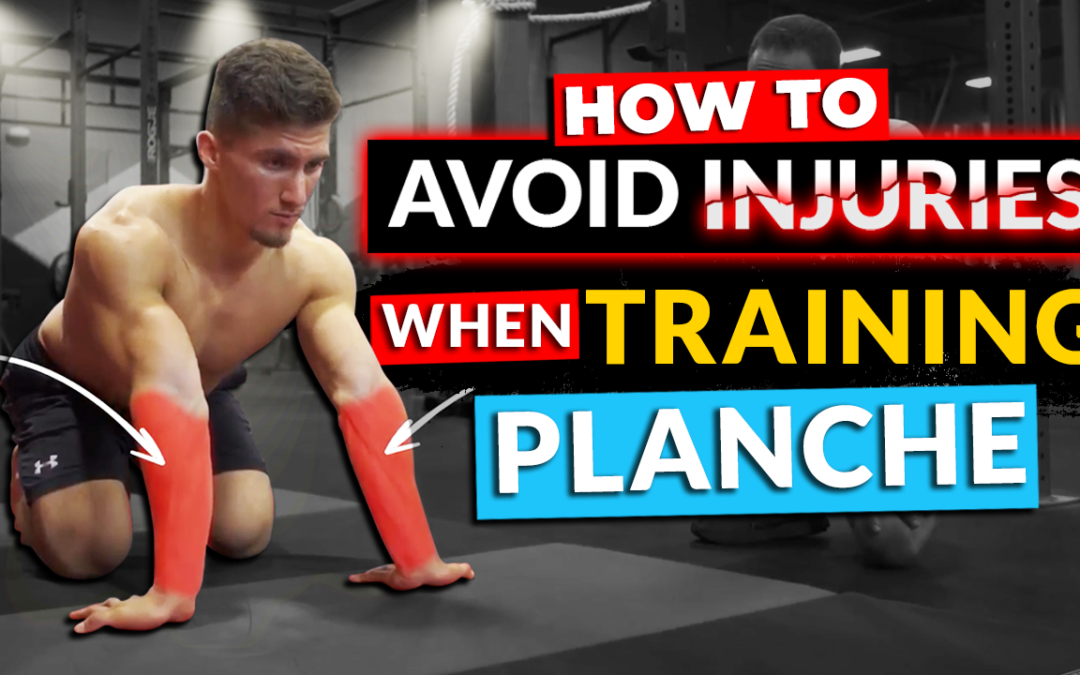
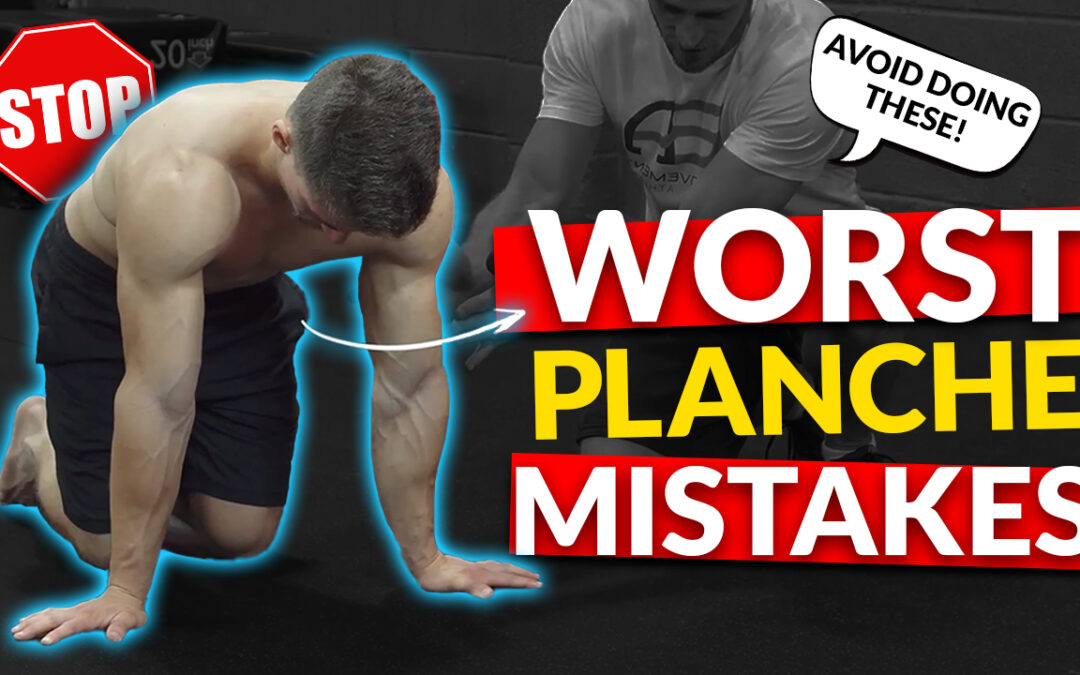


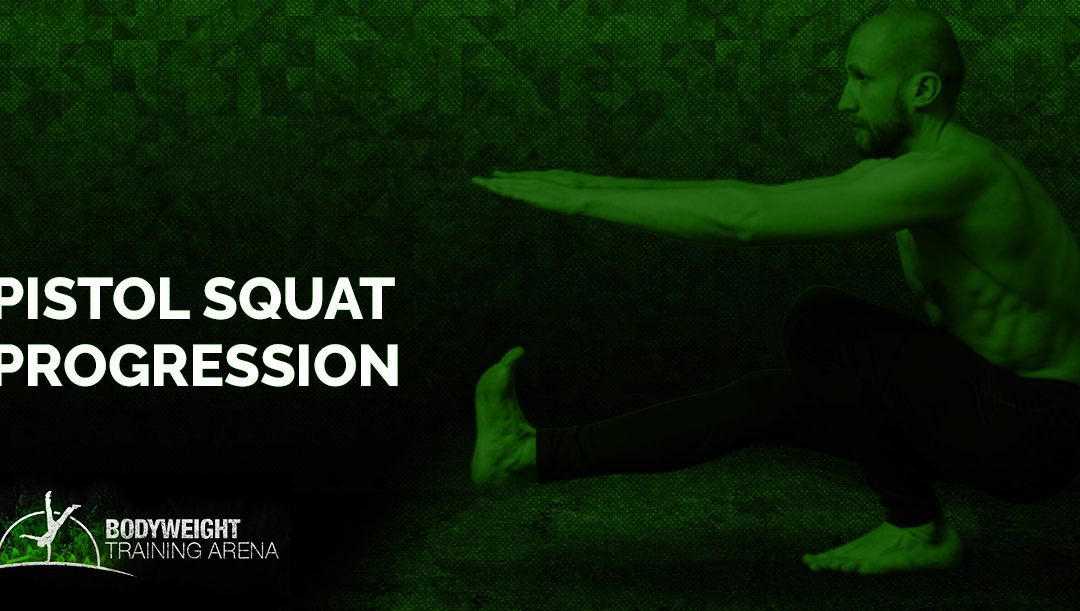

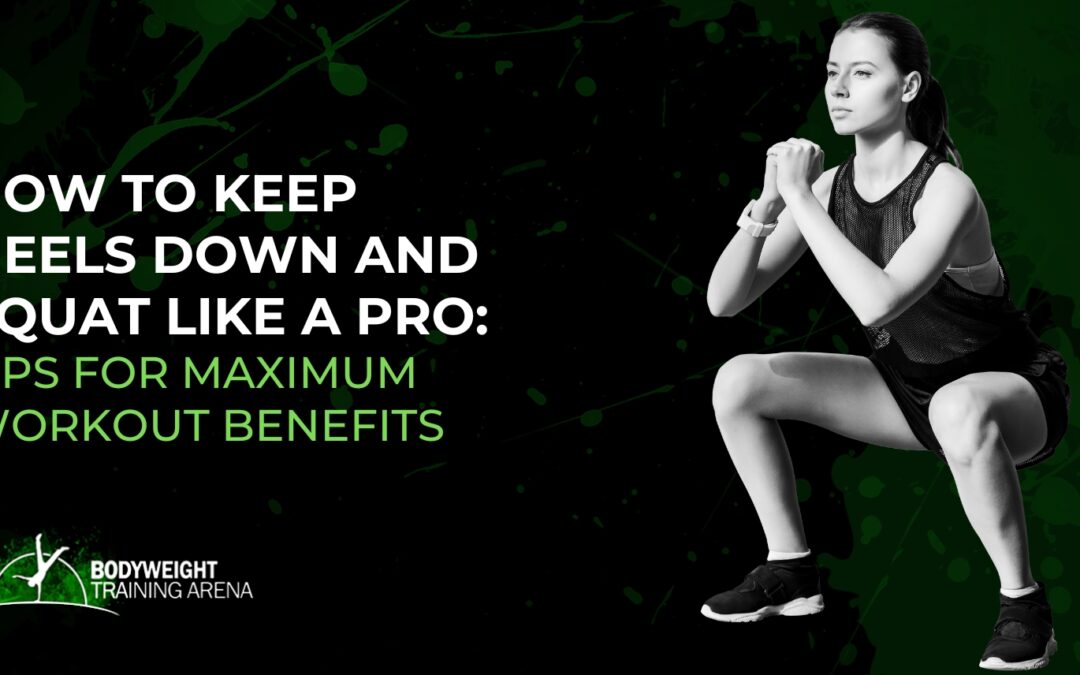

0 Comments